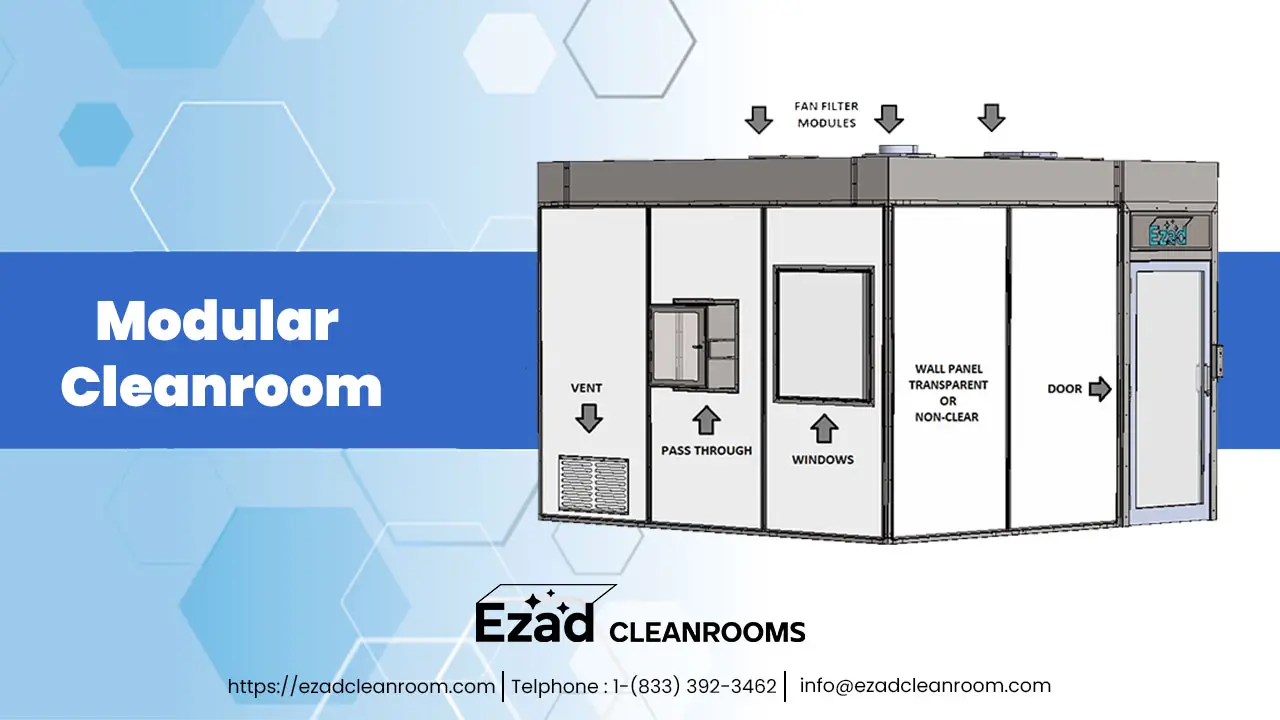Cleanroom technology has played a pivotal role in advancing the medical industry by providing controlled and sterile environments for research, development, manufacturing, and storage of medical products. With stringent cleanliness requirements and a focus on patient safety, cleanrooms have become an essential component of the medical industry. In this article, we will explore how cleanroom technology is revolutionizing the medical industry and the significant impact it has on patient care, product quality, and technological advancements.
Ensuring Sterile Manufacturing Environments:
Cleanrooms in the medical industry are designed to maintain strict control over airborne particles, microbial contamination, temperature, humidity, and other critical parameters. This sterile environment is crucial for manufacturing medical devices, pharmaceuticals, biotechnology products, and sterile packaging. By preventing contamination, cleanrooms ensure the safety and efficacy of medical products, reducing the risk of infections and improving patient outcomes.
Research and Development of Cutting-Edge Medical Innovations:
Cleanrooms provide controlled environments for research and development (R&D) activities in the medical industry. From developing new drugs and therapies to designing advanced medical devices, cleanrooms enable scientists and engineers to work in a contamination-free space. The controlled conditions allow for precise experiments, testing, and innovation, leading to breakthroughs in medical science and improved patient care.
Microbiological and Biomedical Research:
Cleanrooms are essential for microbiological and biomedical research, including studies on infectious diseases, vaccine development, and tissue engineering. The sterile environment of cleanrooms minimizes the risk of contamination, ensuring accurate and reliable results. This research contributes to the development of diagnostic tools, treatments, and preventive measures, ultimately advancing healthcare practices.
Advanced Manufacturing of Medical Devices:
Cleanrooms play a crucial role in the manufacturing of medical devices, including surgical instruments, implants, diagnostic equipment, and prosthetics. The controlled environments within cleanrooms ensure that these devices are produced in a sterile and controlled manner, meeting stringent quality standards. Cleanroom technology enables precision manufacturing processes, minimizing defects and ensuring the safety and reliability of medical devices.
Pharmaceutical Production and Packaging:
Cleanrooms are instrumental in pharmaceutical production and packaging. The strict control over contamination ensures the integrity of pharmaceutical products, including medications, vaccines, and sterile solutions. Cleanroom technology allows for aseptic processing, preventing contamination during formulation, filling, and packaging stages. This is vital for maintaining the efficacy and safety of medications used in patient treatment.
FAQs (Frequently Asked Questions):
Q1. What are the cleanliness requirements for cleanrooms in the medical industry?
Cleanrooms in the medical industry must adhere to strict cleanliness requirements. The level of cleanliness is determined by international standards such as ISO 14644 and regulatory guidelines like Good Manufacturing Practices (GMP). These standards specify particle counts, airflow velocities, microbial limits, and other parameters to ensure a controlled and sterile environment suitable for medical applications.
Q2. How are cleanrooms validated and monitored for cleanliness?
Cleanrooms undergo rigorous validation processes to ensure compliance with cleanliness standards. Validation involves testing and verification of critical parameters, such as particle counts, airflow patterns, air change rates, and pressure differentials. Continuous monitoring is also essential to maintain the cleanliness of cleanrooms, with the use of particle counters, microbial monitoring systems, and environmental monitoring equipment.
Q3. What measures are taken to control contamination in cleanrooms?
Contamination control in cleanrooms involves various measures, including strict protocols for gowning, personnel training, air filtration systems, HEPA filters, airlocks, controlled airflow patterns, and regular cleaning and maintenance procedures. These measures are implemented to minimize the introduction of particles, microorganisms, and other contaminants that could compromise the sterile environment of the cleanroom.
Q4. How does cleanroom technology contribute to patient safety?
Cleanroom technology significantly contributes to patient safety by ensuring the production and handling of sterile medical products. Cleanrooms minimize the risk of contamination, preventing infections and adverse reactions in patients. By maintaining strict control over cleanliness and environmental conditions, cleanrooms play a vital role in upholding patient safety and improving overall healthcare outcomes.
Q5. How is cleanroom technology driving technological advancements in the medical industry?
Cleanroom technology provides the controlled environment necessary for developing and manufacturing advanced medical technologies. It enables the production of high-quality medical devices, precision-engineered components, and innovative pharmaceutical formulations. The controlled conditions within cleanrooms allow for the integration of cutting-edge technologies, such as robotics, automation, and nanotechnology, driving advancements in diagnosis, treatment, and patient care.
Conclusion:
Cleanroom technology has revolutionized the medical industry by providing controlled and sterile environments for various critical processes. From manufacturing medical devices and pharmaceuticals to conducting research and development activities, cleanrooms ensure the safety, quality, and efficacy of medical products. By upholding strict cleanliness standards, cleanrooms contribute to patient safety, technological advancements, and the overall improvement of healthcare practices. Ezad Cleanrooms, with its expertise in cleanroom design, construction, and validation, plays a crucial role in supporting the medical industry's quest for innovation and excellence.
Original Sources: https://medium.com/@ezadmodularcleanrooms/how-cleanroom-technology-is-revolutionizing-the-medical-industry-4cabea68c241





